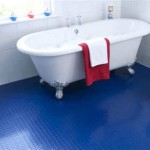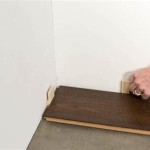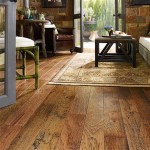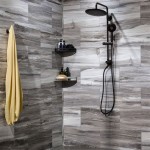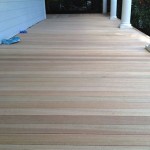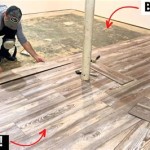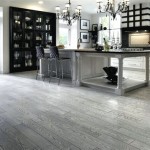Stud Rubber Flooring Sheet Metal Roofing Installation: A Comprehensive Guide
Installing a sheet metal roof over stud rubber flooring presents a unique set of challenges and considerations. This guide aims to provide a comprehensive overview of the process, addressing the intricacies of material compatibility, installation techniques, and crucial safety measures. Understanding these elements is essential for ensuring a secure, long-lasting, and aesthetically pleasing roof.
Material Compatibility and Preparation
The foundation for successful roofing installation lies in material compatibility and proper preparation. Stud rubber flooring, commonly used for its resilience and anti-slip properties, requires careful consideration when integrating it with a sheet metal roof. The primary concern is the potential for moisture buildup between the two materials, which can lead to deterioration and compromised insulation.
Before installation, several steps are essential for preparing the stud rubber flooring:
- Moisture barrier: A robust vapor barrier must be installed beneath the stud rubber flooring to prevent moisture from migrating upward. This barrier should be properly sealed and extend beyond the edges of the flooring for optimal protection.
- Ventilation: Adequate ventilation is essential to allow airflow beneath the flooring, helping to prevent moisture buildup. Soffit vents and ridge vents should be installed to ensure continuous air circulation.
- Slope considerations: The stud rubber flooring should be installed with a sufficient slope to facilitate water runoff. This is especially critical in areas prone to heavy rainfall or snow accumulation.
Sheet Metal Roof Installation
Once the stud rubber flooring is properly prepared, the focus shifts to the sheet metal roof installation. This process typically involves the following steps:
- Framing: A robust framing system is crucial to support the weight of the sheet metal roof. This typically involves using timber rafters or metal trusses spaced appropriately to withstand the load and wind pressures.
- Sheathing: A layer of plywood or OSB sheathing is applied over the framing, providing a solid base for the metal roofing panels. The sheathing should be installed with appropriate spacing and fastening per building codes.
- Underlayment: A layer of felt underlayment is installed over the sheathing to provide an additional moisture barrier and enhance the roof's structural integrity. This layer should be carefully overlapped and secured to protect the sheathing from moisture penetration.
- Metal panel installation: The sheet metal panels are carefully measured and cut to size, then installed following manufacturer instructions and local building codes. Panels are typically secured using screws or rivets, ensuring proper overlapping and sealing to prevent water infiltration.
- Flashing: Flashing, essential for preventing water penetration at critical areas like chimneys, vents, and roof intersections, is installed with meticulous care. Flashing materials should be compatible with the sheet metal roofing and installed according to industry standards.
Safety Precautions
Safety is paramount throughout the installation process. The following precautions are essential:
- Fall protection: Working on a roof poses a serious risk of falls. Proper fall protection systems, such as harnesses and safety lines, should be used at all times, especially when working at heights exceeding 6 feet.
- Ladder safety: Ladders should be used correctly and inspected regularly for damage. They should be placed on a firm surface and secured to prevent slippage.
- Tool and material handling: Securely fasten tools and materials to prevent them from falling and causing injuries. Use appropriate lifting techniques to avoid injuries.
- Weather awareness: Avoid working during inclement weather conditions, such as high winds or heavy rain, as these can create hazardous conditions.
In summary, installing a sheet metal roof over stud rubber flooring necessitates careful planning, material compatibility, and robust installation techniques. By adhering to the guidelines outlined in this article and prioritizing safety, you can ensure a reliable and aesthetically pleasing roofing system that will provide protection for years to come. Remember to consult with qualified professionals for specific guidance and advice tailored to your specific project requirements.

The Easy Guide To Laying Rubber Floor Tiles Roofing Super Help Advice

Sol Rubber Rooftop And Deck Outdoor Floor Flooring Tiles Mat Made In China Com

Rubber Flooring Mat Coin Stud 3 8mm Thickness Non Slip And Anti Fatigue Roll Floor Buy China Whole 37 Globalsources Com

Roof Grip Mats Wind Proof Matting The Rubber Company

A Work Floor Why Rubber Mats

Combi Ribbed Rubber Flooring

Metal Roof Damage

Gym Rubber Flooring Solutions The Company

Flexitred Heavy Duty Ribbed Matting Rubbersmart Co

Zenaseal Black Epdm Rubber Roofing Membrane Coruba
Related Posts

